European Commission Vice President Maros Sefcovic told the European Parliament, “deal or no deal, the (Brexit) Withdrawal Agreement must be respected.” He reiterated, “our objective is still to reach an agreement that will pave the way for a new fruitful relationship between the EU and UK. We will continue to work for such an agreement, but not at any price”.
European Council President Charles Michel also said, “time is very short and we stand ready to negotiate 24/7, on all subjects, on legal texts.” The UK has a bit of a decision to make and it’s their free and sovereign choice,” he added. “Their sovereign answer will determine the level of access to our internal market, this is just common sense.”
“The UK wants access to the single market while at the same time being able to diverge from our standards and regulations when it suits them. You can’t have your cake and eat it too,” Michel told EU lawmakers.

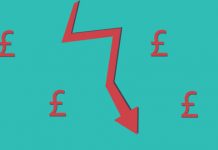


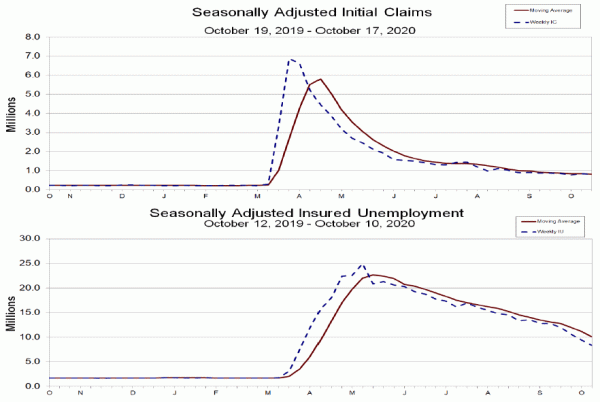
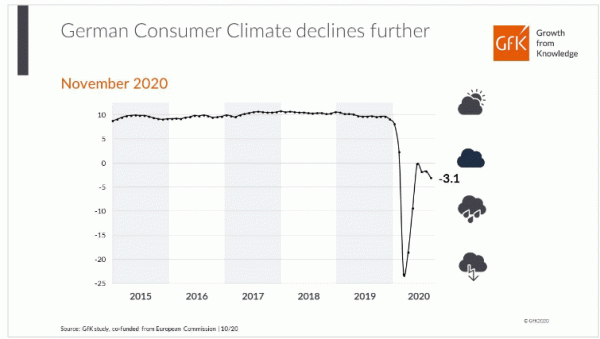
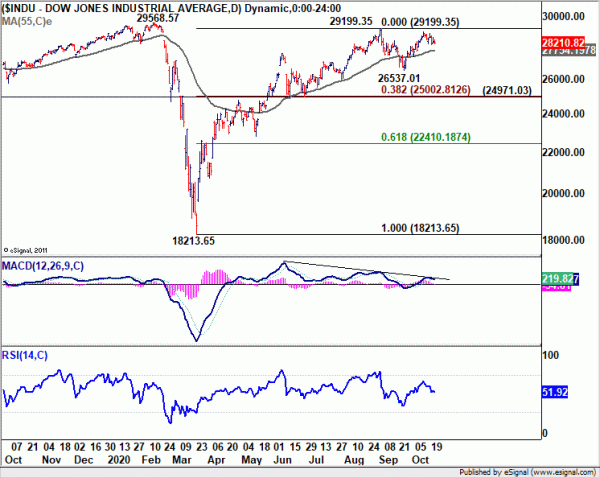
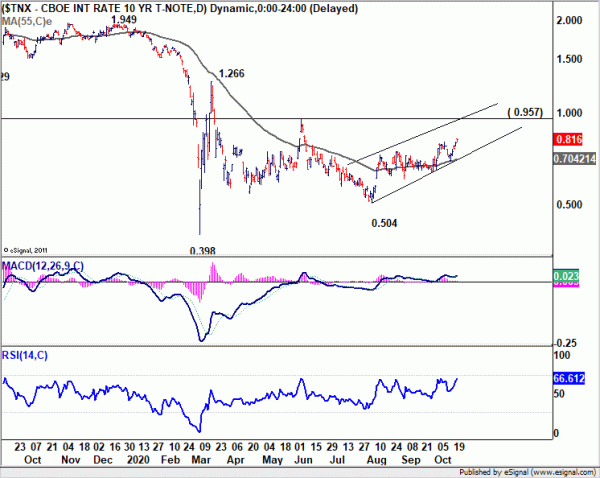
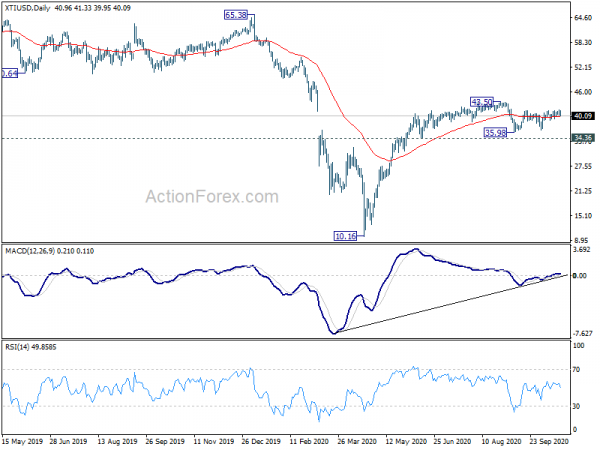
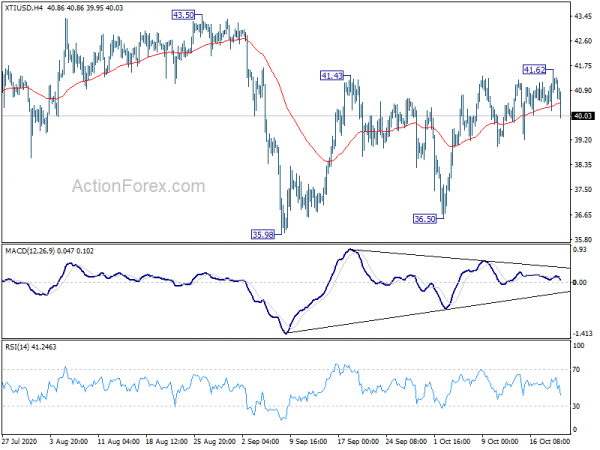
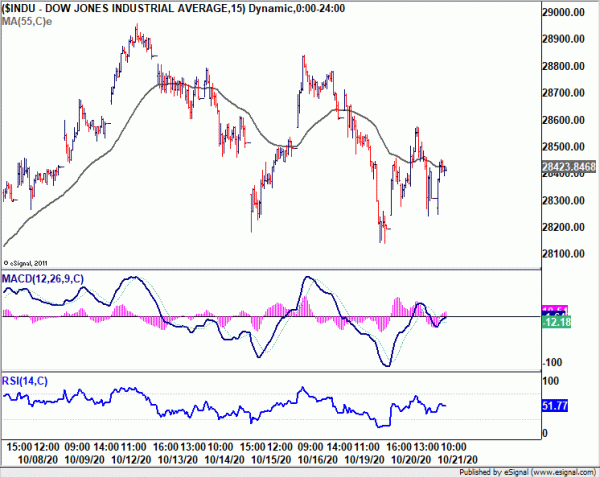
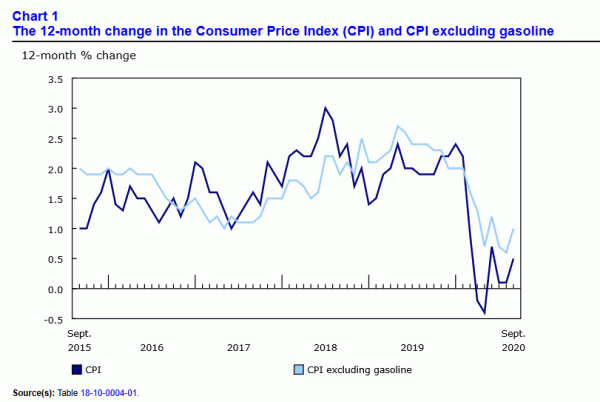
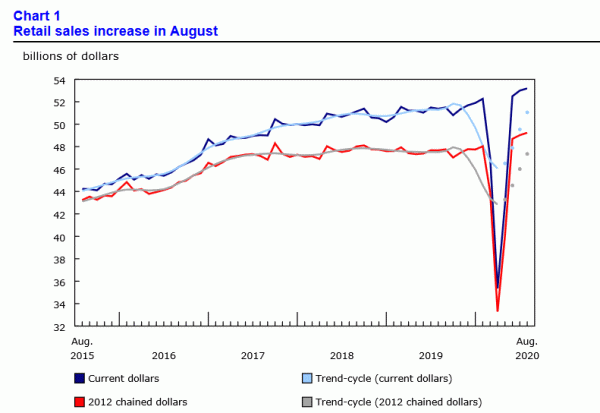
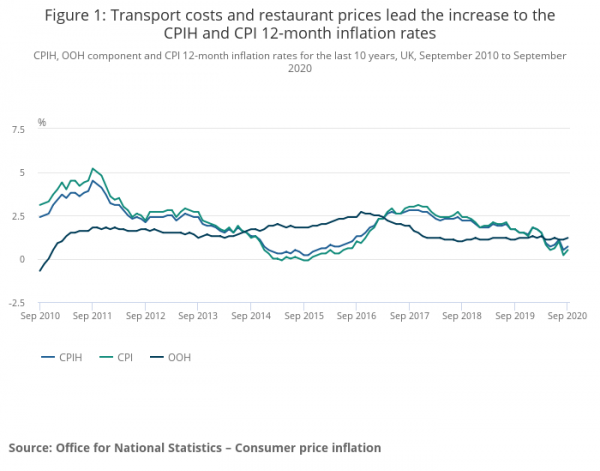
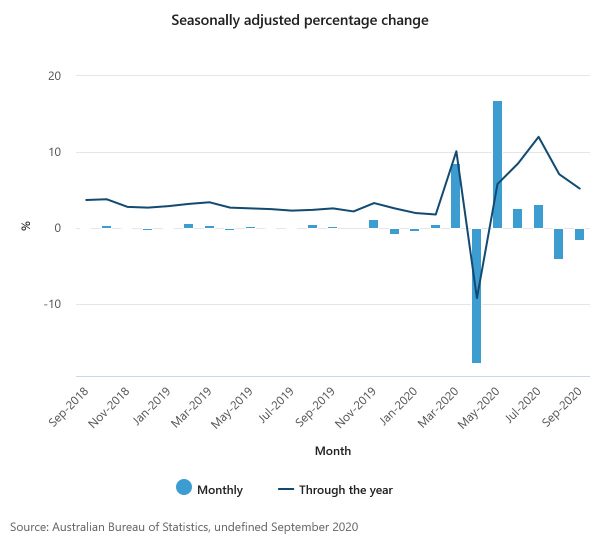
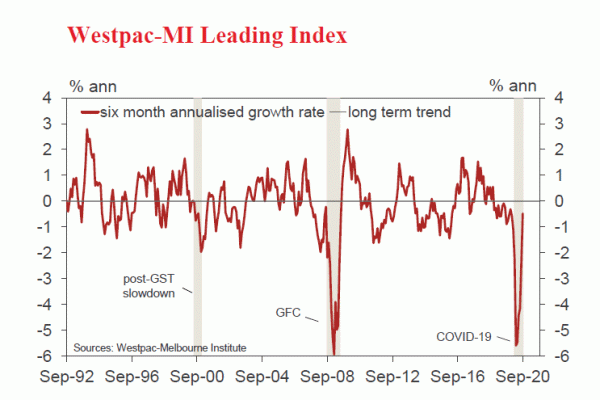
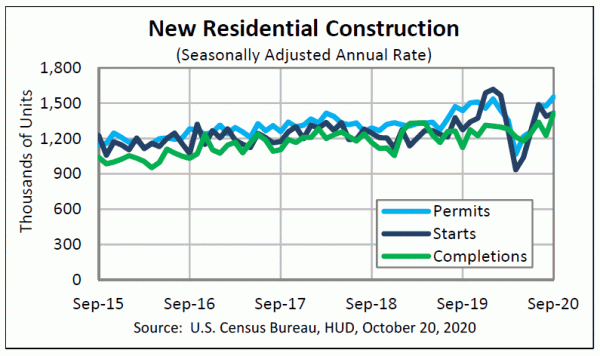

UK signs trade deal with Japan, opens a pathway to TPP
In Tokyo today, UK International Trade Secretary Liz Truss and Japan Foreign Minister Toshimitsu Motegi formally signed a trade agreement, putting in pen the deal they agreed in principle back in September. That’s the first major trade deal UK came to since Brexit. The deal is seen as largely preserving the terms which UK traded with Japan as part of the EU. UK expected it to boost GDP by 0.07% over the next 15 years.
The deal “has a much wider strategic significance”, Truss hailed . “It opens a clear pathway to membership of the Comprehensive Trans-Pacific Partnership — which will open new opportunities for British business and boost our economic security.”